
Highlights
Palace architectures such as the Forbidden City in China and Gyeongbokgung in Korea are huge and magnificent in appearance. Today, the rising popularity of music and TV dramas have made it easier than ever to learn about Chinese and Korean cultures. These outlets, however, provide almost no opportunity to learn about the “spirit of craftsmanship” of Chinese and Korean traditional wooden architecture.
In this exhibition, we introduce three master carpenters representing Japan, China, and Korea. They are excellent craftsmen, having worked on famous cultural heritage sites such as the Forbidden City, Gyeongbokgung Palace and Yakushiji Temple. In this exhibition, these three carpenter’s architectural models and carpentry tools have been gathered from overseas, allowing us to clearly see the differences among the three. Architectural models, in particular, reveal the unique skills and design techniques of these master carpenters. In addition, we hope that you enjoy not only the differences, but also the common spirit of these three carpenters.
Lastly, we would like to take this opportunity to thank Ogawa Mitsuo, Li Yongge, Shin Eungsoo and all others those who made this exhibition possible with their kind cooperation.
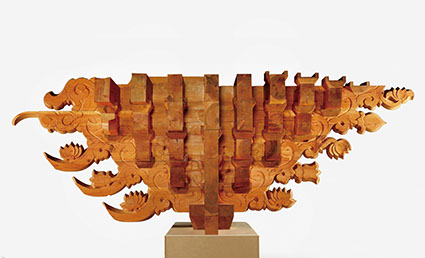
Model of the Interlocking Brackets of Daejosa-jeon Hall, Guin-sa Temple



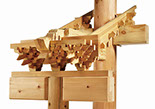
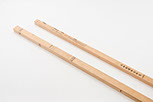
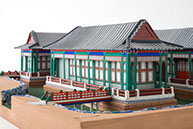

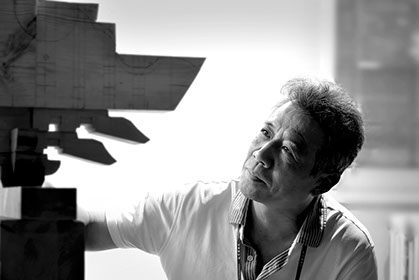
Li Yongge
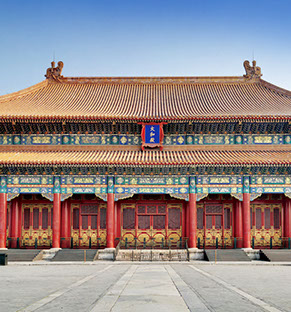
Taihe Dian (The Hall of Supreme Harmony) in the Forbidden City
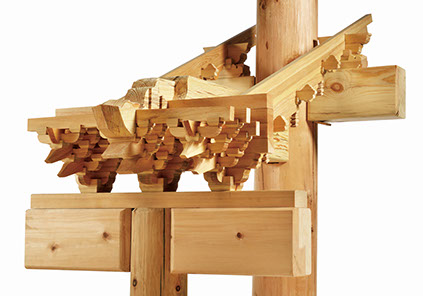
Model of the Interlocking Brackets of Taihe Dian, the Forbidden City
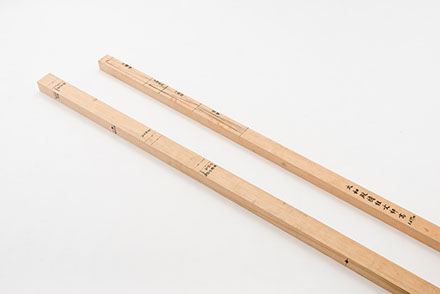
Measuring Rod
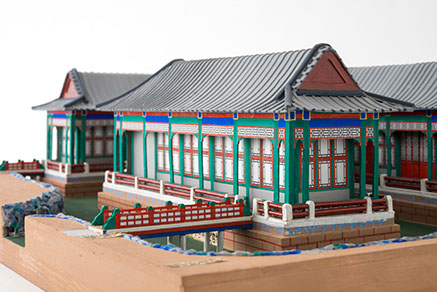
Paper Model of Wanfang Anhe in Yuanmingyuan Imperial Garden
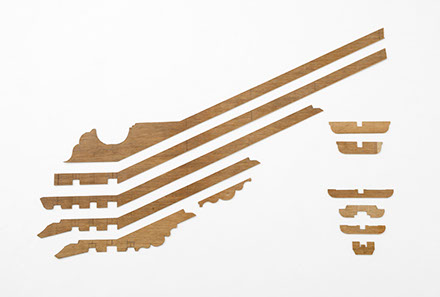
Templates for Flying Rafters and Bracket arms
Throughout its long history of palace architecture, China has played an important role in the development of architecture in East Asia. The largest and most grand of these famous palaces is the Forbidden City in Beijing. Under the charge of the Palace Museum, a group of master craftsmen have been working on repairing the palace grounds. Since the 1970s, Li Yongge has been working on the repair of the old palace. Through the works exhibited here, one is able to better understand the design and construction skills that Li Yongge used to reconstruct the Forbidden City.

In 1962, master carpenter Shin Eoungsoo earnestly participated in the dismantling and repair of the Sungyemun (Namdaemun). In recent years, he has been single-handedly responsible for the reconstruction of the Changgyeonggung Palace, the Changdeokgung Palace, and the Gyeongbok Palace. Shin Eoungsoo perfectly embodies the spirit of Korean craftsmanship. Displayed here is a magnificent and strong full-scale bracket complex model, a structural model, and examples of building rituals, among other things. Through these examples, one is able to see the differences in the development of Korean, Chinese, and Japanese architectural practices.
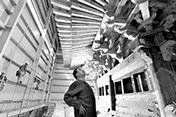
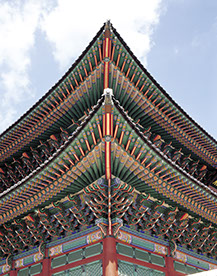
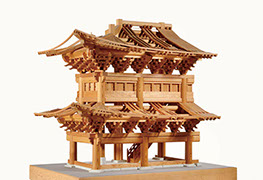
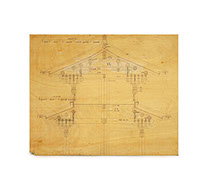

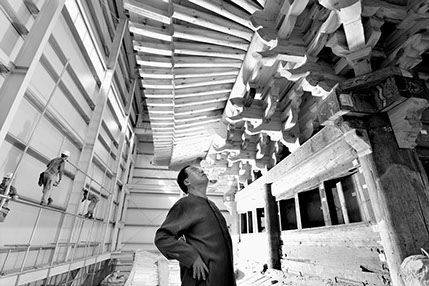
Shin Eoungsoo

Geunjeong-jeon Hall, Gyeongbok-gung Palace
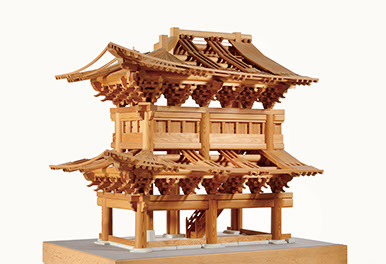
Model of the Sungnye-mun Gate
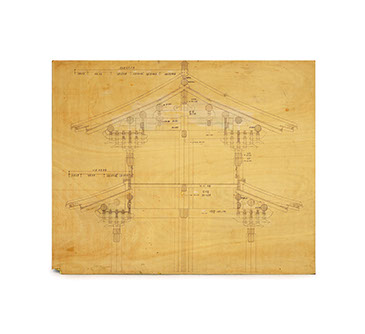
Drawing Plate of Sungnye-mun Gate

Various Planes

As a pupil of Nishioka Tsunekazu, the master carpenter of Horyuji, Ogawa Mitsuo studied the ancient traditions of temple construction. For this exhibition, Mr. Ogawa produced a new model of the Yakushiji Toin-do (East Hall), which perfectly embodies the structure and beauty of Japanese architecture. In addition, please take note of the unique beauty that differentiates Japanese architecture from its Korean and Chinese counterparts.
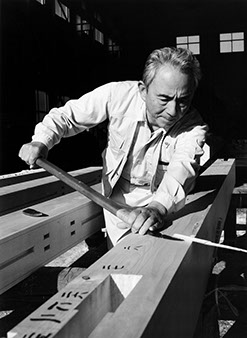
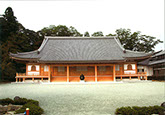
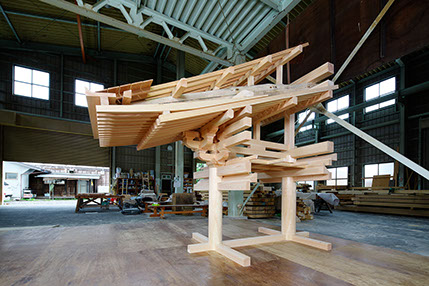
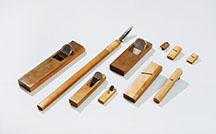

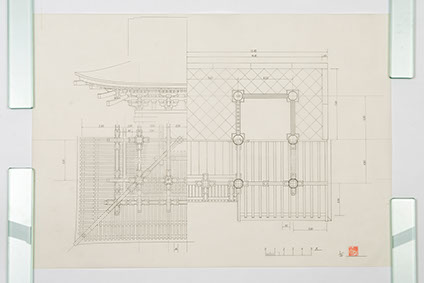

Ogawa Mitsuo
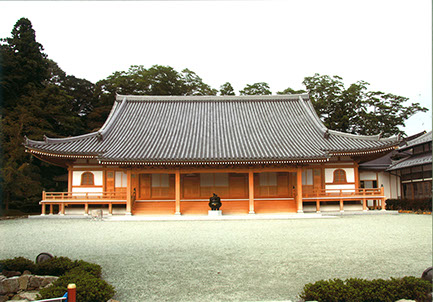
Main Hall, Chousen-ji Temple

Model of Toindou Hall of Yakushi-ji Temple
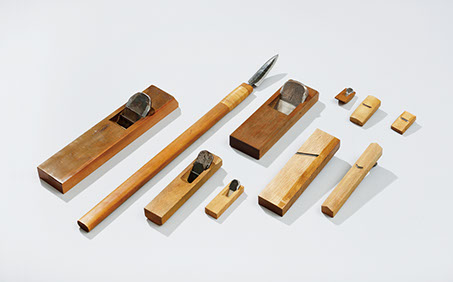
Planes and Spear-head Plane

The Handed-down Instruction of Ikaruga Temple's Carpenter

Drawings of the Main Gate,Yougen-ji Temple
At the venue, we are screening three short films related to the exhibition:
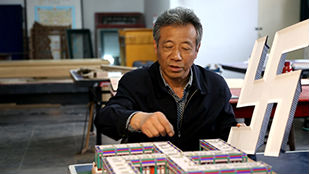
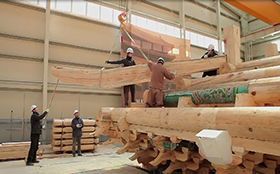
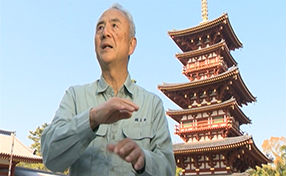
Chinese traditional architectural craftsmanship--the Long Tradition of Palace Architecture
- 20 minutes, 2014
Breathing Life into a 1000-year old Tradition--the Korean Master Carpenter
- 21 minutes, 2014
The Heart of Japanese Craftsmanship, as told by a Master Carpenter
- 18 minutes, 2014
Copyright 2014 TAKENAKA CARPENTRY TOOLS MUSEUM. All rights reserved.